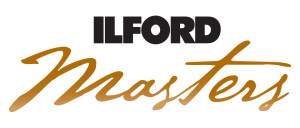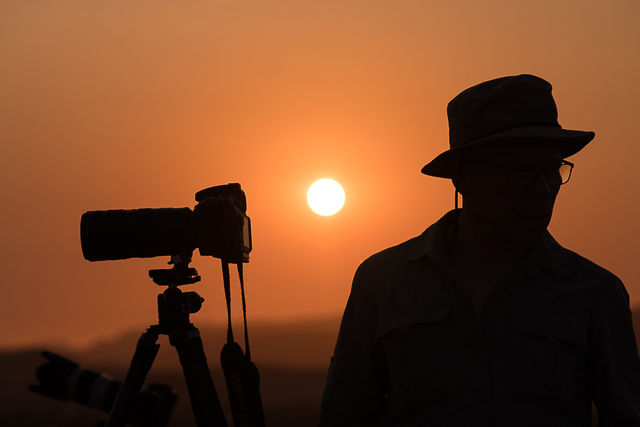Image Assessment Checklist
This is the image assessment checklist I follow when looking at new images – it’s nothing to do with what the image is ‘of’ just the technical aspects of exposure, sharpness and so on.
What should you look for when you are editing photos? Apart from content and composition there are some technical things that need assessing and adjusting regardless of whether the image is ‘good’ or not.
I am assuming the reader is using Lightroom or Adobe Bridge/ACR. The same principles apply in Aperture or Capture One Pro, but the tools have different names.
1. Is it sharp?
Zoom into the image at 100% (Z key in Lightroom) and check that the image is sharp where it needs to be sharp. For images that contain eyes (people or animals), this is where the sharpest region should be. Out of focus eyes = out of focus picture.
Clearly out of focus or unsharp images should generally be deleted at this point unless they are of some special value for other reasons.
2. Overall white balance. Too yellow or too blue?
Adjust Temp slider until the image is where you feel it is correct. If you need perfect accuracy you’ll need a grey card in the shot, but it’s perfectly valid to treat white balance as a creative decision. Reducing yellow (cooling) will sometimes darken the image at the same time, particularly for night shots of cities where they will often be too yellow due to the sodium street lights.
Tones – Contrast and Exposure
3. Contrast.
Adjust the contrast slider down to give you an impression of what details are in the highlights and shadows. Watch the histogram and you will see it contracting towards the middle – narrow histograms are indicative of lower contrast, wide ones of high contrast. Adjust back up to taste.
The contrast slider spreads or contracts the histogram shape, keeping it centred around the mid tones.
4. Overall tone. Too bright, too dark?
Check the histogram to see if there is any room to the right of the highlights. Use the Exposure slider to adjust the image until the overall tone is where you want it to be.
5. Re-adjust contrast if necessary.
Tones – Highlights, Shadows, Whites, Blacks
6. Highlights and Shadows.
In the top corners of the Histogram are two triangles. Click these to toggle on a shadow (blue) or highlight (red) overlay warning. If you see red, there are some colours outside the usable range of tones in the image. Slide the Highlights slider to the left until the red has gone.
These two sliders affect the areas highlighted in the Histogram when you roll the mouse over the slider bar or number, but not the name. Move your mouse over the Histogram and the slider that controls each tonal region will be highlighted below.
You may need to adjust the exposure again after doing this.
7. Blacks and whites.
Similar to Highlights and Shadows but affects the upper and lower limits of the tonal range. After opening shadows with the Shadows slider it is often a good idea to reduce the Blacks a little to keep some contrast in the shadows. If you open shadows and reduce blacks at the same time, zoom in to 100% to make sure this move is not causing problems with noise.
Whites are often better controlled with the Highlights slider. The Whites slider can cause clipping whilst the Highlights slider tends to ‘protect’ the very brightest areas and limits clipping.
Presence
8. Clarity.
Does the image need a bit of a boost? Does it look a little muddy? Clarity will emphasise shapes by boosting contrast between those shapes, it does not add overall contrast. Most images will benefit for a little clarity boost.
For portraits, positive Clarity (about +40) will bring out texture in male skin and negative clarity (about -30) will smooth out female skin.
9. Vibrancy.
Adds a subtle colour boost to the least saturated colours and protects skin tones. Use instead of Saturation.
10 Is it level?
Use the Crop tool and/or Angle tool to make sure the image is perfectly level. It should be perfectly level if there is an obvious horizontal line such as the horizon of a seascape.





